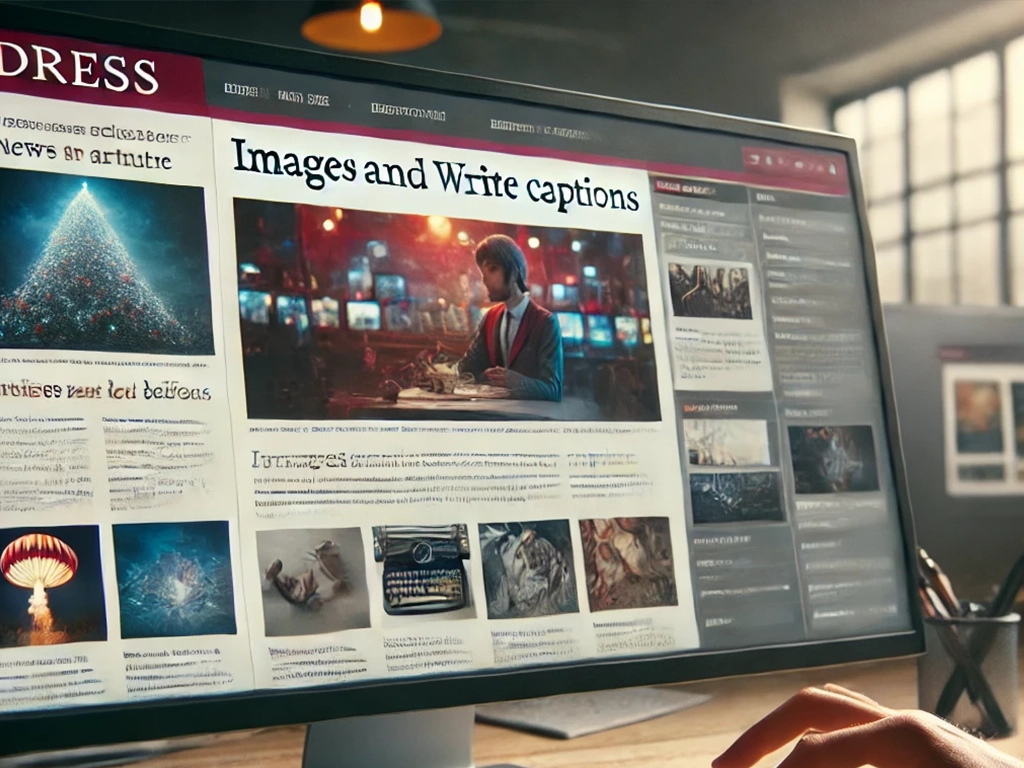As a press representative, how do I find out who my right target group is?
Understanding your target audience is one of the most important aspects of being a successful press representative. Knowing who you’re writing for, which demographics are most interested in your content, and how to adjust your approach can make a significant difference in terms of engagement, credibility, and reach.
As a member of the United States Press Agency (USPA), you’ll have access to exclusive tools, professional networks, and expert advice that can help you identify and connect with your ideal audience. This article will walk you through the process of defining your target audience, refining your messages, and using your USPA membership to maximize your impact.
1.Why it’s important to know your target audience
Every journalist, press representative and media professional needs a clearly defined audience. Whether you’re covering politics, business, entertainment, or investigative journalism, your copy should be tailored to the people who are most likely to consume, engage, and share your content.
Key benefits of identifying the right audience include:
- Increased engagement – Readers are more likely to interact with and respond to content that matches their interests.
- Increased credibility – If your content aligns with your audience’s values, level of knowledge, and expectations, you’ll be seen as a trusted source.
- Better monetization opportunities – For freelance journalists, targeting the right audience increases the chances of getting contracts, selling articles, and generating advertising revenue.
- More effective communication – Understanding your readers will help you choose the right tone, style, and level of complexity in your writing.
As a USPA member, you can access networking opportunities, training, and research tools to refine your understanding of different audience segments.
2.Define your target audience

To find the right audience, follow these steps:
A. Identify your niche
Your niche determines the type of journalism or press work you do. Consider:
- Do you report on breaking news or do you offer in-depth analytical coverage ?
- Do you specialize in political commentary, sports, finance, or entertainment?
- Are you focusing on a local, national or international audience?
Your niche will automatically narrow your audience down to those who are most interested in your field.
B. Analyze the existing readership
If you’re already publishing content, analyze your current audience:
- Who reads your articles? Look at comments, shares, and engagement metrics.
- Which demographic groups (age, place of residence, occupation) participate most actively in discussions?
- Which topics generate the most views and feedback?
C. Research your competitors
Investigate other journalists or media outlets that report on similar topics. Analyze your target groups:
- What types of readers engage with your content?
- What platforms do they use to reach their audience?
- What styles and tones do they use?
You can use this information to refine your own audience strategy.
3.Segment your audience
Once you’ve defined a general audience, divide it into more specific groups based on:
- Demographics – age, gender, location, income level, occupation
- Interests – Politics, Sports, Entertainment, Business, Social Affairs
- Media consumption habits – Do they read newspapers, blogs, social media, or podcasts?
- Language and tone preferences – Do they prefer formal journalism or conversational storytelling?
As a USPA member, you can attend media training workshops to learn how to tailor your writing to different audience segments.
4. Using USPA Membership for Audience Insights

The USPA offers exclusive resources to help members of the press find their ideal audience. These include:
- Press passes and exclusive access – Attending high-profile events will give you insights into audience expectations and trending topics.
- Workshops and Training – Learn audience analysis techniques from media experts.
- Networking with other journalists – Connect with other professionals to share knowledge on successful audience engagement strategies.
- USPA Media Platforms – Publish to USPA-affiliated websites to test the reactions of different audiences.
By taking full advantage of these resources, you can refine your audience strategy and improve engagement.
5.Create content that resonates with your target audience

Once you understand who your readers are, the next step is to create content that they find valuable. Here’s how to do it:
A.Develop an audience-centric content strategy
- Write for their level of knowledge – Avoid overly technical language if you’re writing for a general audience, but add in-depth analysis for professionals.
- Choose relevant topics – Stay on top of trends and current affairs to ensure your articles stay current.
- Use the right tone – Formal vs. conversational writing depends on the audience’s preferences.
B.Optimize for discoverability and reach
- Use SEO techniques to make your articles more discoverable.
- Promote your content on social media platforms, industry forums, and email newsletters.
- Engage in discussions and online conversations where your audience is engaged.
6.Test and refine your approach

Understanding your audience is an ongoing process. Continuously test new strategies and refine your approach based on real-world feedback.
- Monitor performance metrics – Use analytics tools to track item views, engagement, and shares.
- Experiment with different formats – Try long investigative articles, short opinion pieces, or multimedia content.
- Customization based on feedback – Respond to audience comments and analyze which articles get the most traction.
Inference
For press representatives, defining and addressing the right target group is the basis for successful journalism. By using research, audience segmentation, and content optimization techniques, you can build a loyal readership and increase the impact of your work.
With a USPA membership, you get access to exclusive resources to help you analyze your audience, refine your approach, and expand your reach. Whether you’re a freelance journalist, a correspondent for a major publication, or a digital content creator, understanding your audience is key to writing compelling, impactful stories.
Join the USPA today and benefit from the tools, training, and professional network to help you connect with your ideal audience and advance your career in journalism.
